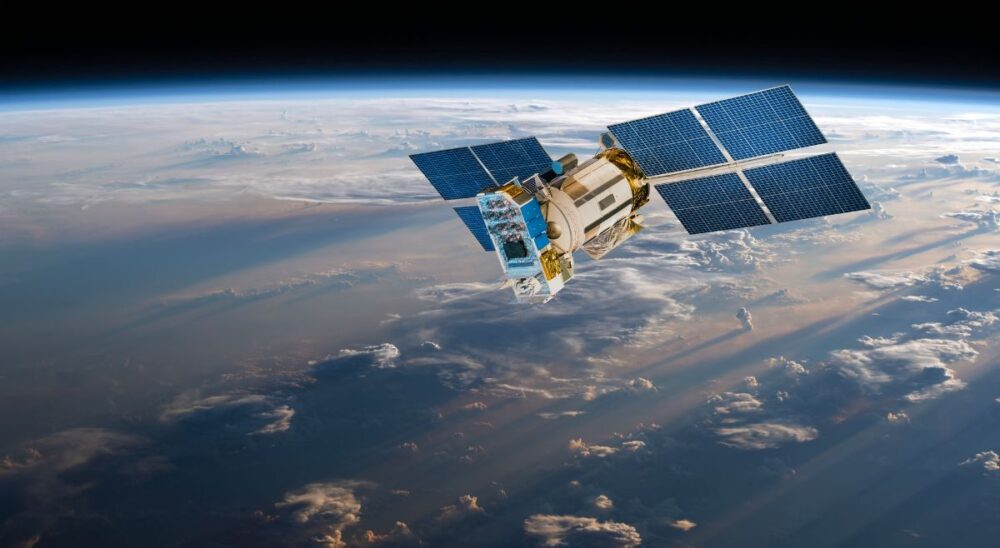South African space‑tech start‑up CubeSpace has been making headlines for its rapid 50‑60 % annual revenue growth and for CEO Mike‑Alec Kearney’s assertion that the firm is “on track to become a US‑dollar unicorn in the next five to seven years.”
But the deeper story is that CubeSpace’s success is inseparable from the Department of Electrical & Electronic Engineering (E&E) at Stellenbosch University (SU)—a department that has spent three decades turning postgraduate research into flight‑proven hardware.
A Laboratory that Builds Satellites, Not Just Theory
CubeSpace emerged directly from the Electronic Systems Laboratory (ESL), a research hub inside SU’s E&E Department that built SunSAT, Africa’s first domestically developed microsatellite, in the 1990s. That hands-on legacy continues today: the ESL still maintains a ground station, environmental test chambers, a position rate table, and other bespoke facilities dedicated to small-satellite research and development.
Students and staff routinely prototype control algorithms and radiation‑hardened electronics on the same hardware‑in‑the‑loop rigs that later feed CubeSpace’s product line.
Professor Herman Steyn and the Academic Pipeline
Emeritus Professor Herman Steyn—SunSAT veteran, former head of SU’s Satellite Engineering Group, and now CubeSpace’s Head of Analysis has supervised a number of MSc and PhD projects whose results underpin CubeSpace’s current Attitude Determination and Control Systems (ADCS) stack . Notably, two of his former PhD students, Prof Willem Jordaan and Dr Arno Barnard, serve as senior lecturers in the Department.
His group’s contributions to European FP7 projects, such as DeorbitSail and RemoveDEBRIS, refined the drag sail and sensor technologies that CubeSpace now markets as off-the-shelf components. Many of those graduate students went on to become CubeSpace engineers, ensuring that academic know‑how transfers straight into commercial flight units.
SU’s Faculty of Engineering now counts 226 employees working across its space‑related spin‑outs, with a combined turnover above R205 million. That cluster has attracted local suppliers for precision machining, environmental testing, and PCB fabrication, thereby reinforcing the Western Cape’s growing space hardware ecosystem.
What’s next?
CubeSpace expects to surpass 4 000 flight components shipped and to double its 350‑unit ADCS heritage within two years. Inside the university, newly appointed department chair Professor Japie Engelbrecht has pledged to expand satellite autonomy research and embed AI‑driven control algorithms into the curriculum – a move designed to keep SU graduates relevant as small‑satellite constellations demand ever‑higher onboard intelligence.
If that roadmap holds, the E&E Department won’t just have produced South Africa’s next unicorn; it will remain the launchpad for the country’s entire new‑space economy.





